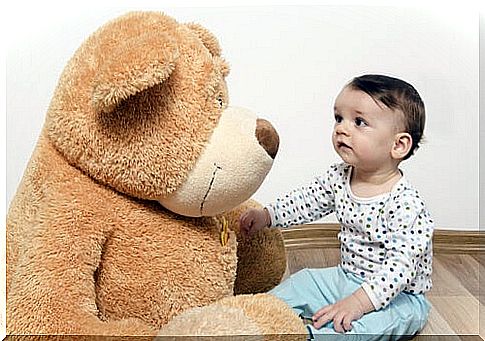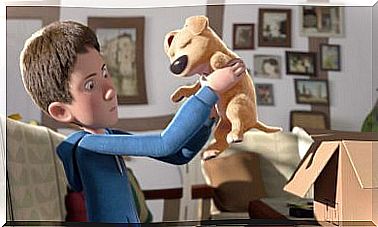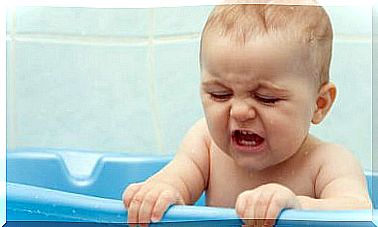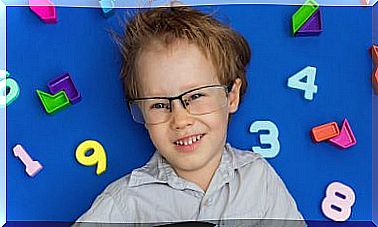Test To Evaluate The Motor Capacity Of Your Baby Month By Month

If you are starting out as a mother, it is important that you know how to evaluate your baby’s motor skills each month. Normally this evaluation is carried out by the pediatrician in the monthly check-ups of the baby and sometimes they are carried out so quickly that we do not even know what it is.
If we anticipate and document ourselves well, we can go very well prepared to pediatric consultations by asking specific questions about the motor evolution of our little one and providing super valuable information to the specialist.
Having the knowledge about our baby’s motor skills will give us peace of mind
With this knowledge we can do motor tests at home and if we observe that something is not right, perhaps we can solve it with some exercise or massage. We will also be able to provide this detailed information to the pediatrician on any deviation for the purpose of advising us.
Generally with a little exercise, doing some specific activities or games as the case may be, we can correct any lag ourselves. Sometimes stimulating or motivating the baby could also solve any situation.
All children are different, even in multiple pregnancies we can observe that each baby is at its own pace, so there is not much to be alarmed about. It is important to remember that premature babies or those who were in intensive or intermediate care at birth, evolve a little slower but it is not a cause for concern .
Below is a test that we can do to our baby during the first 6 months of life (it works based on statements, that is, what is within normal parameters):

Newborn
- When you are lying on your back, your arms and legs are usually flexed.
- Perform some involuntary movements in your legs and arms.
- He can turn his little head but he doesn’t have the strength to lift it. When you carry it and not support your head, it can go to the side of your body.
1 month
- Bend your arms and legs when lying on your back.
- When it is upside down it can lift its head for brief moments, when you lift it, the head can still go to the sides or back.
- The hands are closed most of the time, if you put an object or a finger of your hand, it opens and closes them again; This movement is known as a pressure reflex.
- He may smile at times and is a little more interested in the things and sounds around him, he may turn his head to try to locate you.
2 months
- When the baby is awake, he continually flexes his legs and arms.
- You will notice that each day it makes more movements.
- When lying on your stomach, try to lift your head for a few moments.
3 months
- If you hold it, you can keep it seated with a slightly firmer posture.
- He rests on his forearms at times when in a prone position and holds his head up for several minutes.
- He plays with his little hands, looking at them continuously.
- While you hold it, you can rest your feet on some surface, although even your knees are bent.

4 months
- Perfect the movements of the previous month and can already lift the head for a longer time and even part of the trunk when it is face down.
- He pushes himself if he can get some nearby surface to lean on and can make his first turns
- When you place it on a flat surface, it rests with the whole soles of your feet.
- The baby is much stronger and you can take his little hands and help him to push his body and sit up.
5 months
- The baby can lift the torso fully and hold for a while when in the tummy position.
- It can suddenly turn and change position.
- He makes movements with his feet as if he is pedaling.
- Actively participates when helped to sit.
- Taking it by the armpits and arms makes the effort to stand up and place the little feet on the nearest surface.
6 months
- The baby rests on the hands
- He goes around looking for an object or toy.
- Play with your feet.
- Being held by the armpits it remains standing and even tries to make small jumps.
- He sits alone for a few moments.
In the event that we observe a situation that is really out of the parameters, for our own peace of mind we can contact the pediatrician to evaluate the baby without waiting for his control appointment.









